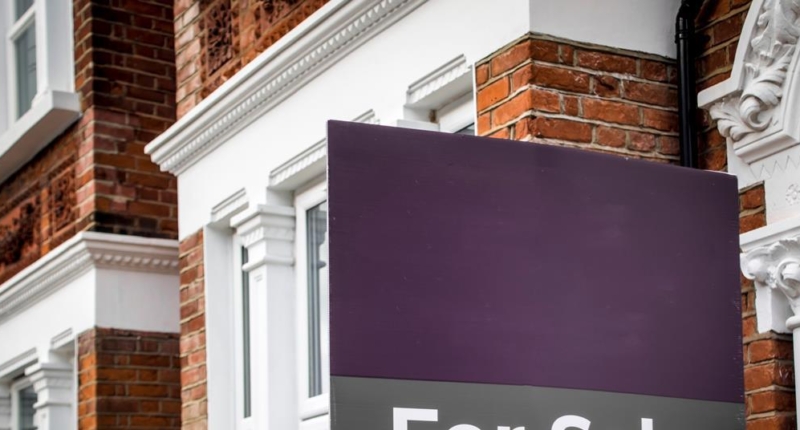The average price of UK properties increased 0.8% between February and March, according to Rightmove, but this is below the 20-year average of 1% inflation. Sales of first-time buyer properties helped to drive prices up, but sales of larger homes lagged further behind. Despite the end of the Help to Buy scheme, there has been a 6% increase in buyer demand compared to March 2019, with sales of properties with two bedrooms or fewer selling well. Rightmove’s director of property science suggested that many first-time buyers are getting support from family or have saved up a larger deposit by living with parents for longer. However, sales in larger homes sectors are lagging due to pandemic-driven moves, cautious trading, and concerns over running costs. The Halifax and the Nationwide have reported different results regarding house prices in February, while the Office for Budget Responsibility predicts that house prices will drop by 10% from Q4 2022 to Q3 2023.
UK Property Prices Rose Slightly in March, but Annual House Price Growth Dropped
Rightmove reported a 0.8% increase in the average price of a UK property between February and March, with sales of homes typically sold to first-time buyers playing a role in driving up prices. However, this rise is below the 20-year average of 1% inflation seen in March, and annual house price growth fell to 3%, down from 3.9% in February.
Sales of first-time buyer-type properties were 18% lower this March than in 2022 but only 4% lower than the same period in 2019. Sales of larger homes lagged further behind, with sales of top-of-the-ladder and second-stepper homes sectors are 10% and 13% behind the same period in 2019 respectively.
Despite the recent end of the Help to Buy scheme, which was due to finish at the end of March but has since been extended to the end of May, Rightmove reported a 6% increase in buyer demand compared to March 2019. Sales of properties with two bedrooms or fewer have been selling well in recent weeks, leading to better prices than when they remained stagnant between January and February.
Rightmove said that typical first-time buyer properties (two bedrooms and fewer) are leading a cautious recovery, with sales agreed in this sector improving the fastest. As a result of this increased buyer activity, average asking prices for first-time buyer type properties are now just £500 lower than their peak last year.
Tim Bannister, Rightmove’s director of property science, suggested that many first-time buyers are getting support from family members or have saved up a larger deposit by living with parents for longer. Bannister also pointed out that while agreed sales in the past two weeks are just 4% below the same period in 2019, they are still 18% behind the “exceptional” level of sales seen last year.
Sales of top-of-the-ladder properties in the past two weeks are 10% behind the same period in 2018, and sales of the second-stepper sector are 13% behind. Despite this, there has been a 1.2% monthly price increase in the top-of-the-ladder sector, which has pushed prices up, according to Rightmove.
Larger Homes Sectors Facing Sales Lags While Mortgage Rates Drop
Sales in the larger homes sectors are lagging due to pandemic-driven moves, cautious trading, and concerns over running costs, said Tim Bannister, Rightmove’s director of property science. Although mortgage rates have dropped from their 14-year-highs last year, market conditions remain changeable, and it remains to be seen how the mortgage market will react in the coming weeks, he added.
The Halifax reported that house prices had risen in February, whereas the Nationwide said they had fallen. Meanwhile, the Office for Budget Responsibility predicted that house prices would drop by 10% from Q4 2022 to Q3 2023, according to a forecast that accompanied the recent Budget.
Don’t miss interesting posts on Famousbio
